CHEMISTRY FORM 2
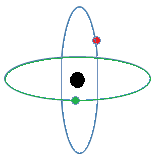
- 1.1 Structure of the atom
- 1.2 Atomic Number and Mass Number
- 1.3 Isotopes
- 1.4 Energy levels and electron arrangement
- 1.5 Development of the Periodic Table
- 1.6 Relative Atomic Mass and Isotopes
- 1.7 Ion Formation
- 1.8 Chemical Formulae
- 1.9 Chemical Equations

- 2.1 Alkali metals (Group I elements)
- 2.2 Alkali Earth Metals (Group II elements)
- 2.3 Halogens (Group VII elements)
- 2.4 Noble gases (Group VIII elements)
- 2.5 Properties and Trends Across the Periodic Table
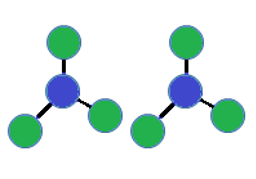
- 3.1 Bond
- 3.2 Ionic bond
- 3.3 Giant ionic structure
- 3.4 Covalent bond
- 3.5 Co-ordinate bond
- 3.6 Molecular structures
- 3.7 Giant covalent structures
- 3.8 Metallic Bond
- 3.9 Types of bond across a period
- 3.10 Oxides of elements in Period 3
- 3.11 Chlorides of Period 3 elements
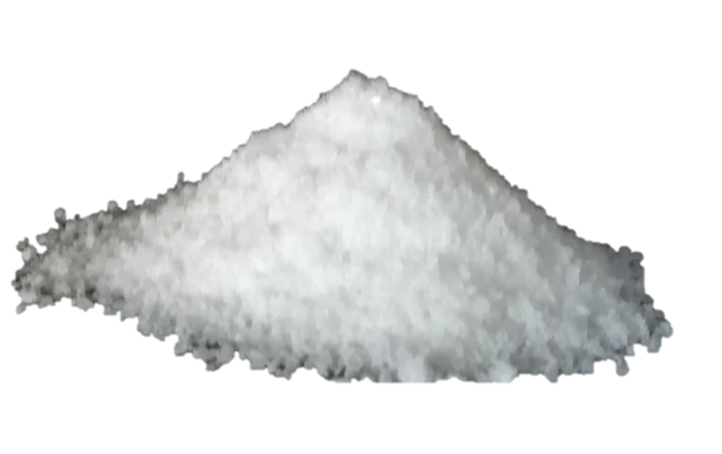
- 4.1 What is a salt?
- 4.2 Types of salt
- 4.3 Solubility of salts in water
- 4.4 Methods of preparing salts
- 4.4.1 Reacting a Metal with an Acid
- 4.4.2 Reacting an Acid with a Base (Neutralization)
- 4.4.3 Reacting an Acid with a Carbonate (or hydrogencarbonate of metal)
- 4.4.4 Combining elements Directly (Direct Combination of elements)
- 4.4.5 Precipitation (Double decomposition)
- 4.5 Action of heat on salts
- 4.6 Uses of salts
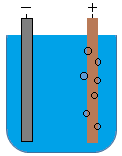
- 5.1 Electrical conduction
- 5.2 Electrical conductivity of molten substances
- 5.3 Electrical conductivity of substances in aqueous state
- 5.4 Electrolysis
- 5.5 Applications of electrolysis

- 6.1 Allotropes of carbon
- 6.2 Chemical properties of carbon
- 6.3 Carbon (IV) oxide
- 6.4 Carbon (II) oxide (CO)
- 6.5 Large scale production of sodium carbonate and sodium hydrogencarbonate
- 6.6 Effect of carbon (II) oxide and carbon (IV) oxide on the environment
- 6.7 Carbon cycle

Chemical Bonding and Structure: Giant covalent structures
3.0 Chemical Bonding and Structure
3.7 Giant covalent structures
Think of carbon atoms bonding among themselves.
Questions 3.7
- In which group is carbon?
- What is the valency of carbon? How many bonds does it form?
- What type of bond is formed between carbon atoms?
- Suppose each carbon atom is linked to the next carbon atom through one bond. How many atoms will surround each carbon atom?
- Draw a ball-and-stick diagram to represent the bonding in carbon.
- What kind of structure does this lead to?
- Which other elements would you expect to have the structure named in Question 6?
Answers to Questions 3.7
With each atom surrounded by four other carbon atoms, the structure extends in all directions, accommodating trillions of carbon atoms. It is a giant structure, just like sodium chloride. The difference is that it is a giant covalent structure. Figure 3.7 is a simplified diagram of the giant covalent structure of diamond, a form of carbon.

Figure 3.7(a): Giant covalent structure of diamond
NB: The structure extends far beyond what is shown in the diagram.
Other group IV elements, notably silicon, also have giant covalent structures. Because the elements consist of the same atoms, these structures can also be described as giant atomic.
With the giant covalent structure, diamond is the hardest natural substance and has a very high melting point. It is therefore used in making drill bits and cutting blades for even the hardest metals. It is also used in jewellery, due to its attractive appearance (Figure 3.7(b)).
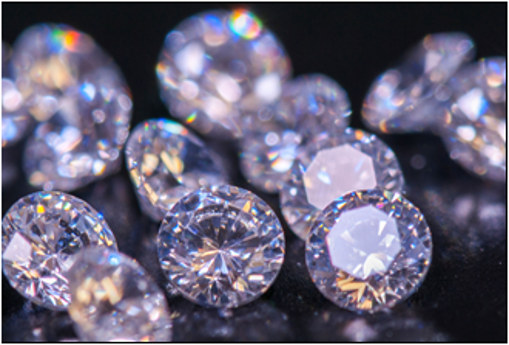
Figure 3.7(b): Appearance of diamond
We shall see in Topic 6 why other forms of carbon such as coal, charcoal, graphite, and soot are soft.
